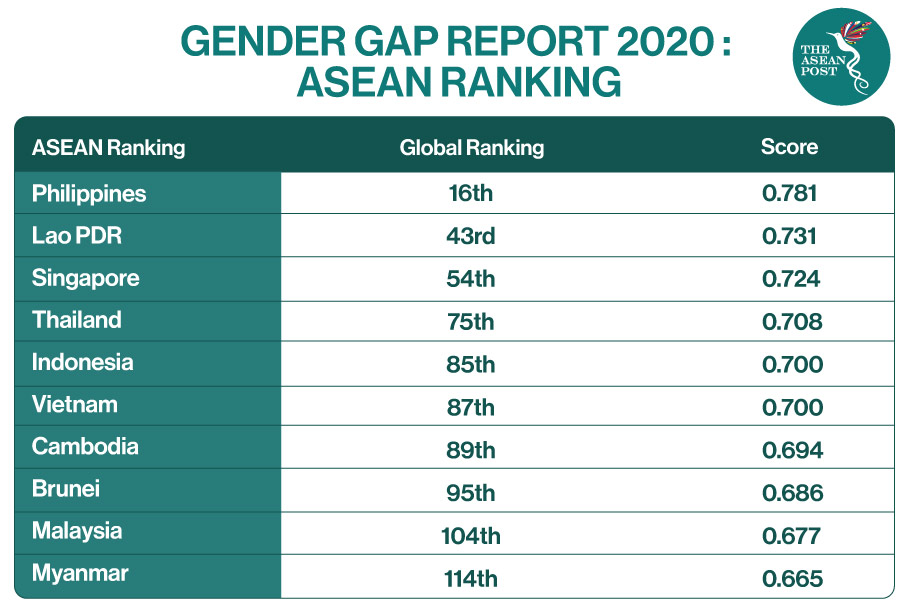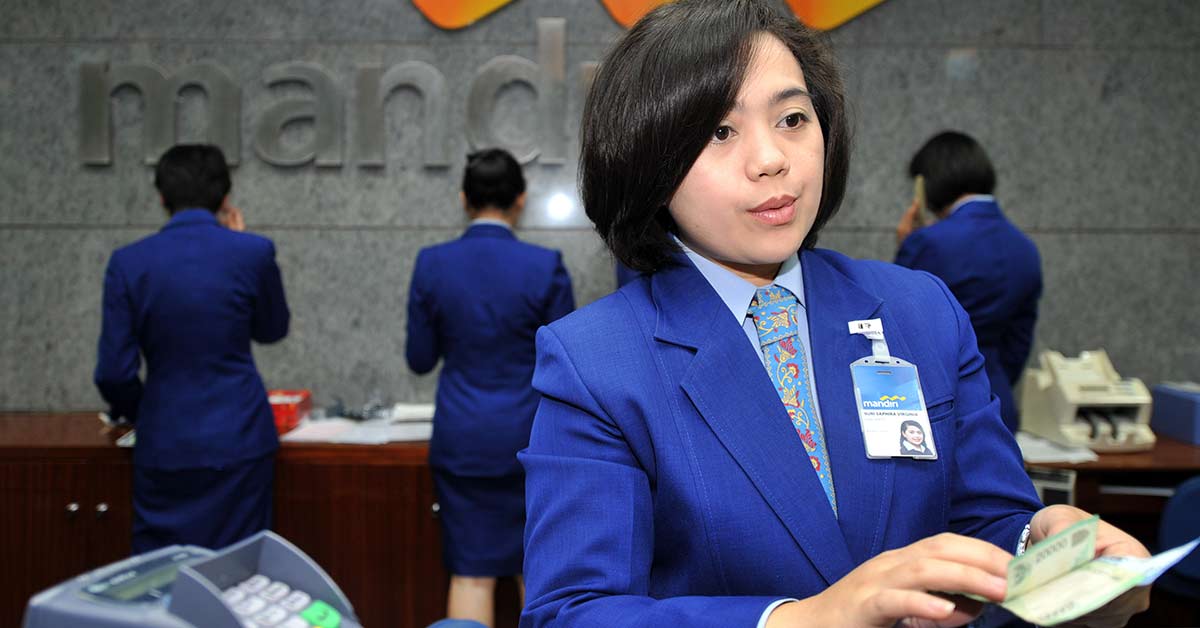A 2019 survey which included five ASEAN member states – Indonesia, Malaysia, Singapore, Thailand and the Philippines – found that Indonesia has come in worst in the region for women representation in management. The populous archipelago also didn’t do very well as far as women in board positions goes either.
The study by Credit Suisse Research Institute (CSRI) analysed the gender mix of executive teams at over 3,000 companies across 56 countries, comprising 30,000 executive positions. This included 1,280 companies from Asia-Pacific.
According to the report, globally, the proportion of women in management has risen to 17.6 percent in 2019. Regionally, the United States (US) (21 percent) and Asia Pacific (19 percent) reflected greater management diversity than Europe (17 percent).
In Indonesia’s case, the CSRI found that only 19 percent of those in management were women. Comparatively, both Malaysia and Singapore had 23 percent women in management, Thailand had 28 percent, and the Philippines had the highest percentage of women in management at 34 percent.
The case was similar as far as women in board positions go where Indonesia only obtained 11.3 percent. This was lower than Malaysia’s 28.6 percent, Singapore’s 18.4 percent, and the Philippines’ 13.6 percent. Nevertheless, Thailand was lowest in ASEAN at just 10.7 percent.
Last year, Indonesia also saw a lower percentage of women on company boards compared to previous years since 2015. In 2015, the percentage was 11.5 percent; then the number fell to 10.7 percent in 2016 before rising slightly again in 2017 to 10.9 percent. In 2018, the percentage was at its lowest since 2015 at 8.5 percent before rising again in 2019.
Gender Gap
According to the World Economic Forum (WEF) 2020 Global Gender Gap Report, Indonesia is ranked 85th out of 153 countries in the global gender gap rankings – for the second year running. Despite accelerated improvement in previous years, its failure to move up the ranks is due to a huge disparity of women in the labour market as well as income distribution.
It was reported that only 54.3 percent of Indonesian women are participating in the labour market compared to 83.9 percent of men.

The Philippines ranked 16th, the best in the region. Next was Lao PDR with a ranking of 43rd, followed by Singapore in 54th, and Thailand at 75th.
Countries that did worse than Indonesia, according to the WEF report, included Vietnam which ranked 87th, Cambodia at 89th, Brunei at 95th and Malaysia which was ranked 104th. Myanmar ranked lowest in 114th spot.
The WEF estimates that East Asia and Pacific will take another 163 years to close the gender gap, the longest compared to any other region including the Middle East and North Africa. Other than that, 2018 data from the WEF revealed that women earn less than men in the workplace and it would also take 202 years for women to make as much as men do.
Overcoming The Problem
There could be a number of issues causing the absence of women in the labour market and from high positions in Indonesia. Most of these issues revolve around the lack of opportunity in the first place and the importance of this matter has been touched on numerous times before. Some observers also suggest that an important factor is the culture itself.
This was the assertion of Johanna Gani, managing partner of Grant Thornton Indonesia, who was quoted by local media as saying that there is a lack of female leadership because Indonesian culture is still strongly influenced by hierarchical structures and patriarchy. With this collective mindset, she said, there is a belief that men should hold leadership roles as they are perceived to be more competent.
This culture, in turn, may foster a vicious cycle where Indonesian women themselves hamper their own ambitions. In September 2017, Sintesa Group CEO Shinta Kamdani was quoted as saying that 30 million Indonesian women had made the decision to not climb the career ladder, adding that there was a perception that having an expanded role would disrupt the balance between work life and home life.
As is often the case, Indonesia and the rest of the countries in the region must not only remove their glass ceilings, they must also foster an environment where women are encouraged to climb up the career ladder. Failing to do so, would only be detrimental to a country’s capabilities to live up to its full potential.
Related Articles:
